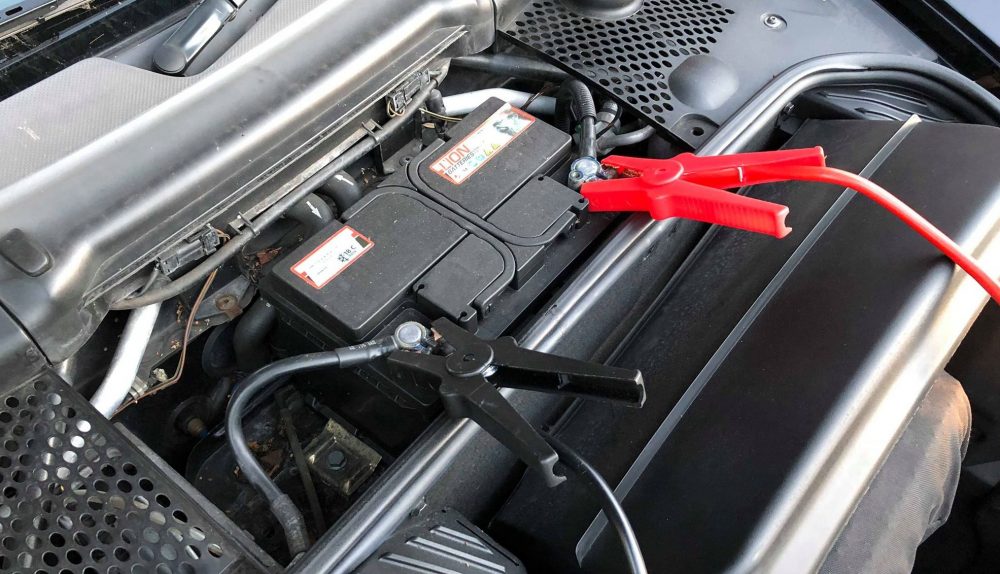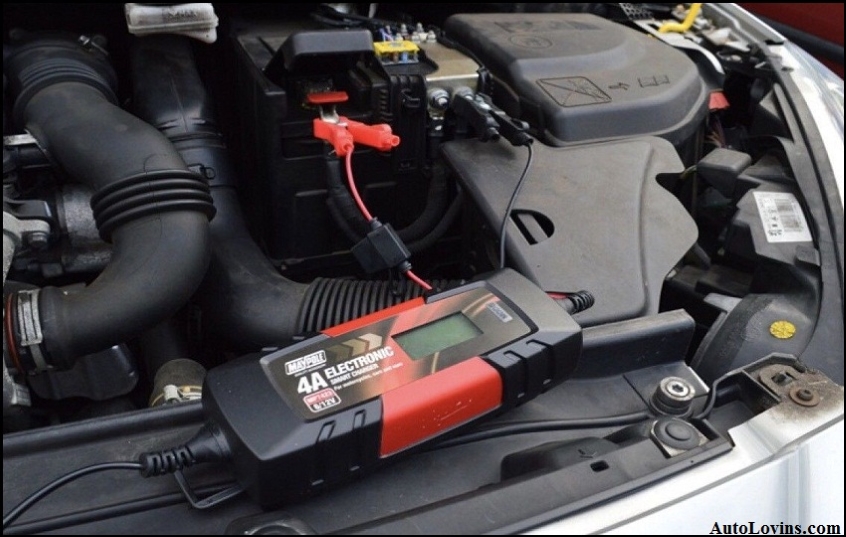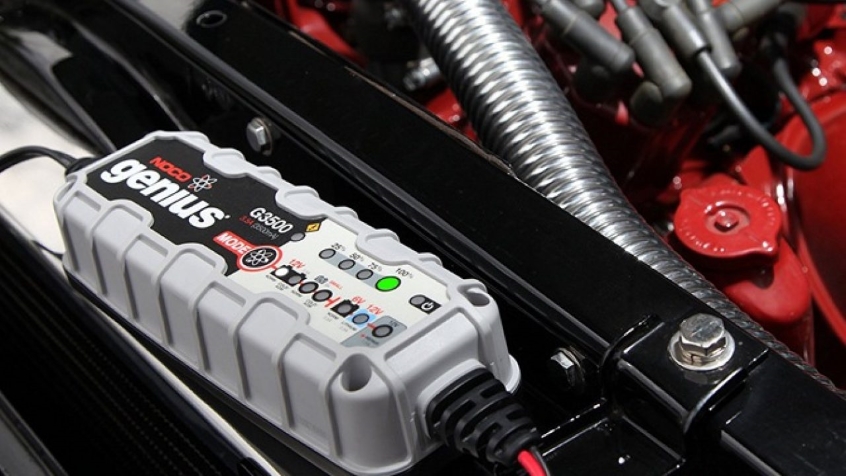
What to Look for When Buying a Vehicle Battery Charger
You know you’re in trouble when the battery light comes up in the dash. It’s a sure sign that the battery’s completely drained and, in such cases, you can’t get the engine going. Batteries die out for different reasons. In cars that are parked or garaged for longer periods, the battery drains slowly until completely flat. Also, if you’re often doing shorter trips, there isn’t enough power regenerated back into the battery, and you’re shortening its lifespan.
Healthy batteries require healthy doses of charge so the alternator and all electrical devices in the vehicle work as they should. Maintenance is key here, and you can keep the battery in your vehicle in the best working condition with inexpensive vehicle battery chargers. They’ll replenish weak or flat batteries quickly, saving you both the hassle of waiting around for a helping hand, and the expense of buying a new battery.
Contents
Types of Car Battery Chargers
Vehicle battery chargers come in a few types. Quick chargers do the same thing as when jump-starting the car using the help of a mate, some clamps and another vehicle. This can be risky though, and do more harm than good. The battery can overheat and cause considerable damage. A safer way is to use a battery maintainer, a charger that regenerates battery power over a longer interval. And if you want the battery performing optimally, a trickle charger provides for a continual charge in smaller amounts to keep the battery topped up.

Quick Chargers
You’ll find quick chargers at your local mechanic. They do exactly as it says on the box. Connected to a mains outlet, they charge near flat or depleted lead-acid batteries and the types most vehicles come with, in a couple of hours. The high current output restores the battery to decent charge levels. Many also have overload protection, so you don’t cook the battery from too much current. These are large chargers that you can have in your garage, but don’t make much sense when on the road.
Battery Maintainers
To avoid any unnecessary surprises and the battery spouting gases or leaking, a battery maintainer is a more reasonable choice. It tops up the charge over longer periods while constantly monitoring the state of charge. Many maintainers have advanced features, and multiple charging stages. If the battery is near flat, the initial charge, called bulk charging, uses higher voltage and amperage. The aim is to get the battery to usable levels, roughly 80 per cent full within a matter of hours. The charger then switches to absorption charging, lowering the current and de-sulphating the buildup of electrolytes along the cell walls.
Last is the maintenance stage with the battery at 95 per cent full, and the charger will continue with a small but steady current until the battery reaches full charge. If the charger senses any drop in charge levels, it turns to pulse charging, turning periodically on and off, and keeping the battery topped up. These features are in essence what makes a “smart charger”. Battery maintainers constantly monitor how full the battery is and apply the required level of charge at the right time. By doing so, they not only maintain the battery, but also extend the number of charging cycles the battery can take.
Trickle Chargers
Relatively simpler, smaller and cheaper are trickle chargers. These may not have the multiple-stage charging found in maintainers and smart chargers, but help prolong battery life by applying small currents to keep the battery topped up. They won’t however charge batteries that are nearing empty charge levels. They’re especially good for garaged vehicles used occasionally, like motorcycles.

What to Look for in a Battery Charger
To get your money’s worth, you need to get the charger that is right for the battery in your vehicle. Different features of in-vehicle battery chargers will determine charge times, higher safety, and the ability to charge different types of batteries and use varying current outputs while doing so.
First, find a charger compatible with the battery in your car. Most chargers have no issues with lead-acid batteries, but newer AGM and lithium batteries might require more sophisticated and therefore more expensive smart chargers. Also, determine whether the charger can handle both 12 and 24 Volt batteries.
Next, get the charger in the right power output. Bigger batteries require bigger chargers that put out more current. Look at the rated amp-hours of the charger, and this needs to be at least 10 per cent of the battery capacity. Power output determines how long it takes to complete a charge safely, and the bigger the output the more reasonable charging times.
Determine how you’ll be using the charger. Battery chargers will either maintain healthy batteries so you get longer use, or like trickle chargers top up batteries when charge levels fall. The benefit of cheap trickle chargers is that they are small and once installed, can be kept in the engine bay without issue.
Features mean ease of use and more safety. Look for battery chargers with simple auto functions. These monitor the batteries at all times and charge them when needed. This is a set and forget function worth the few dollars extra. Being able to use the charger in fast or slow settings is also an advantage. In addition, safety features like auto-off, and pulse charging mean that there’s no risk of damage to cells or the possibility of leaks that can eat into other engine parts.

